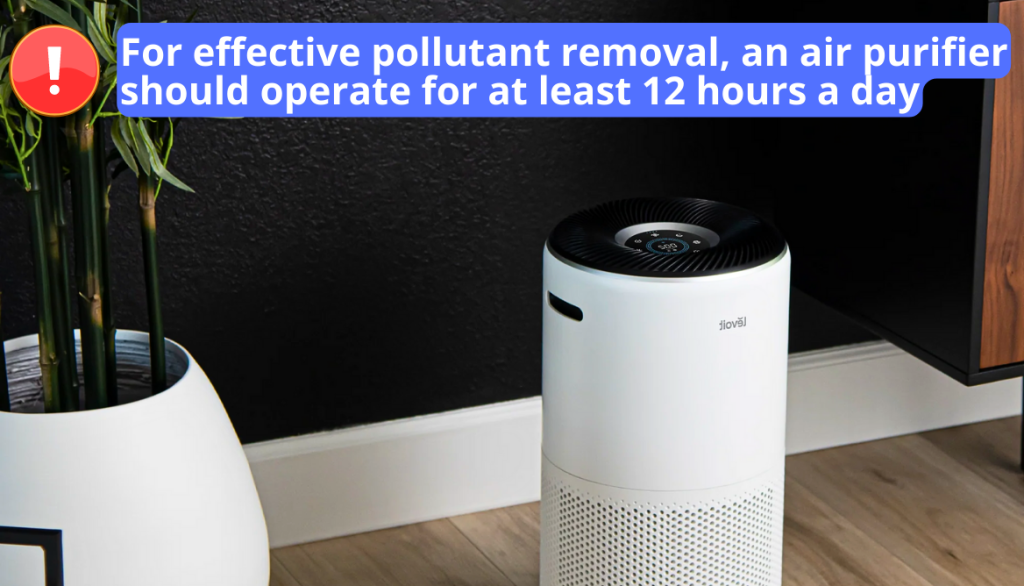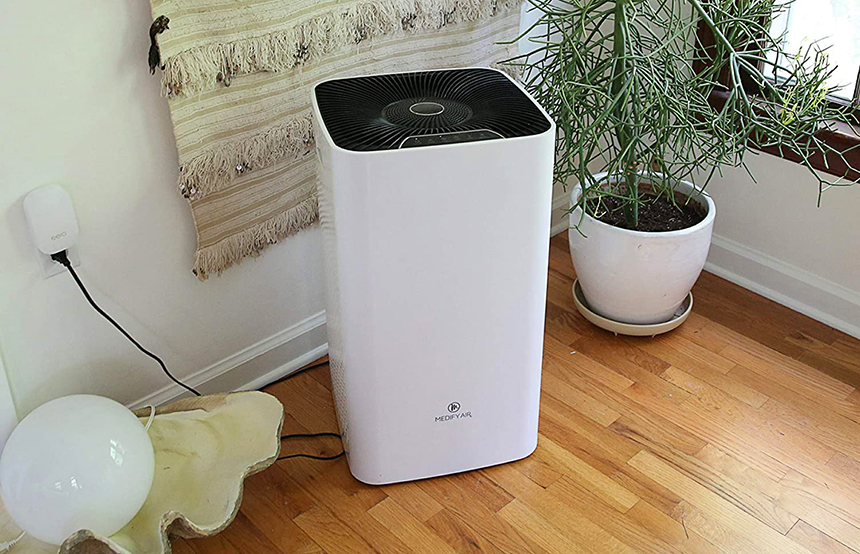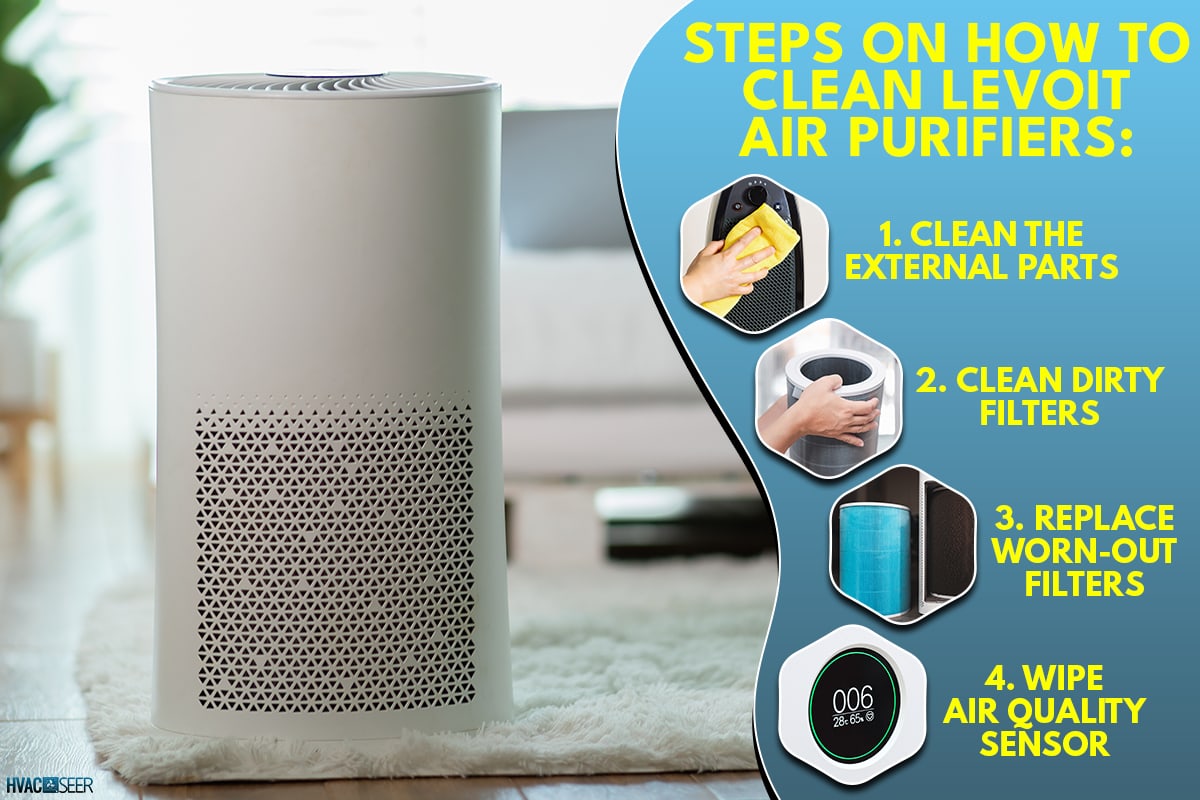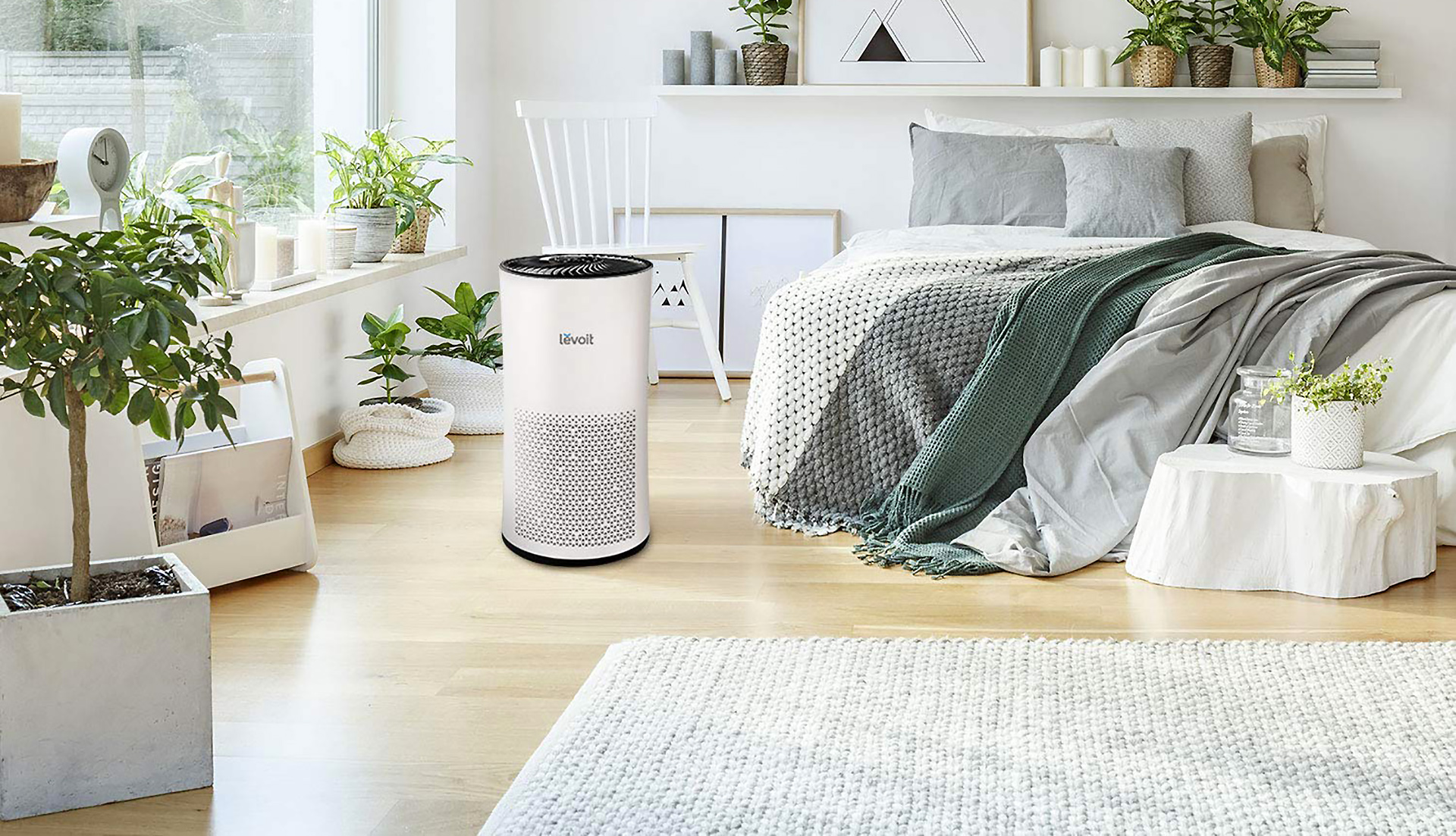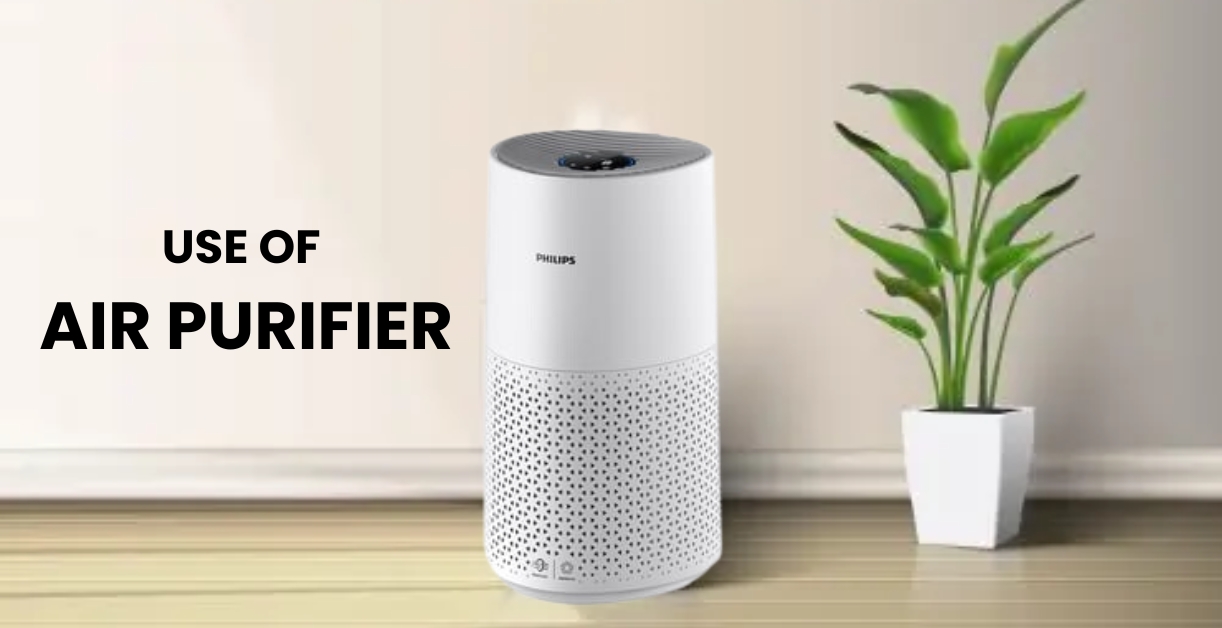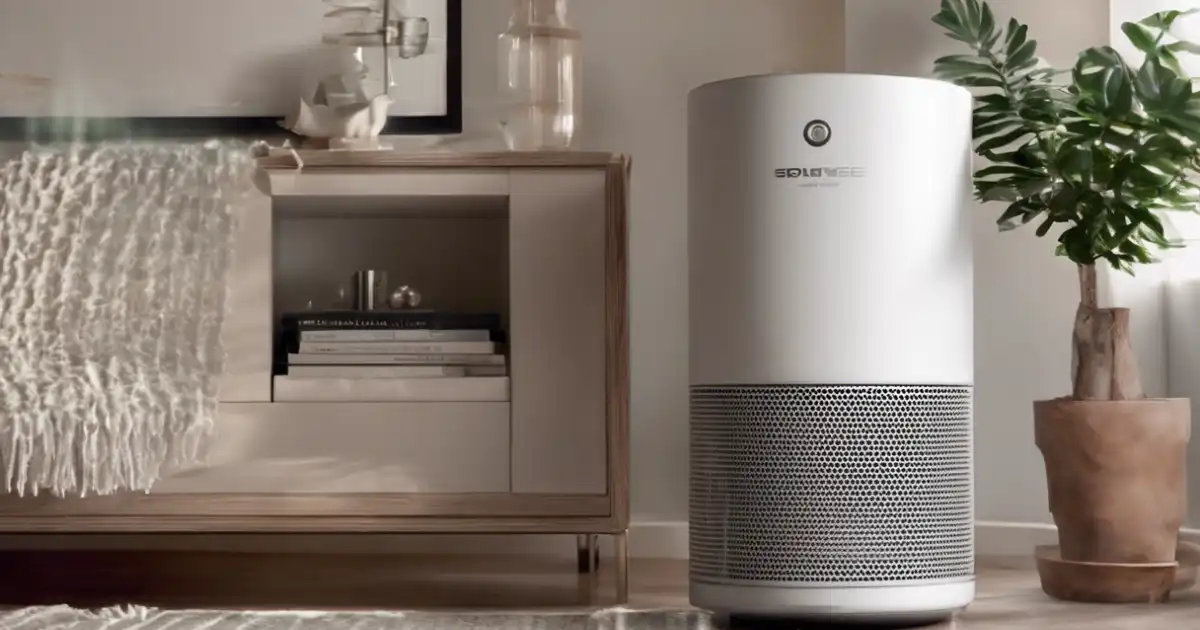Air Purifier How Long To Run
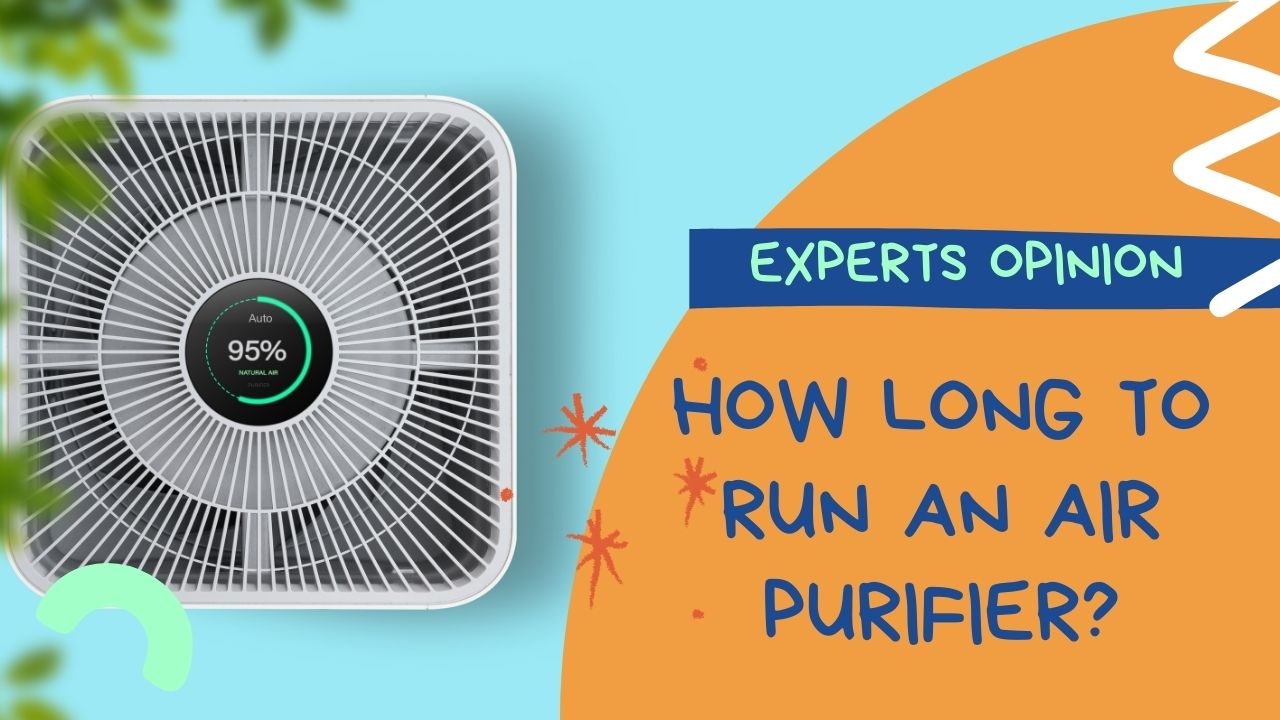
Imagine stepping into your home after a long day, the air thick with the city's grime, pollen doing its seasonal dance, and the lingering aroma of last night's dinner. You flick on your air purifier, a silent guardian against the invisible invaders that threaten your well-being. But as the machine hums to life, a question lingers: how long should this trusty device run to truly make a difference?
The answer, it turns out, isn't as simple as setting a timer and walking away. The ideal runtime for your air purifier depends on a multitude of factors, including the size of your room, the type of pollutants present, the specific model you own, and your personal sensitivity to air quality.
Air purifiers have evolved from niche gadgets to essential appliances for many, promising relief from allergies, asthma, and even the general discomfort of indoor air pollution. Understanding how to use them effectively is crucial to unlocking their full potential.
The Rise of Indoor Air Quality Awareness
For decades, we've focused on outdoor air pollution, but recent studies have brought indoor air quality (IAQ) into sharper focus. The Environmental Protection Agency (EPA) has highlighted that indoor air can be significantly more polluted than outdoor air, even in the most industrialized cities.
This revelation has spurred a surge in demand for air purifiers, transforming them from a luxury to a perceived necessity, especially for those with respiratory issues or living in densely populated areas.
The market offers a plethora of options, from compact desktop units to whole-house systems, each boasting different filtration technologies like HEPA filters, activated carbon filters, and UV sterilization. Understanding these technologies is key to choosing the right purifier for your needs.
Factors Influencing Air Purifier Runtime
Room Size and Air Exchange Rate
The size of your room directly impacts how long an air purifier needs to run. Air purifiers are rated by their Clean Air Delivery Rate (CADR), which indicates how quickly they can clean a specific volume of air.
A higher CADR is better for larger rooms, while a lower CADR might suffice for a small bedroom. A purifier with a CADR too low for the room will need to run continuously to maintain adequate air quality, whereas a purifier with an appropriate CADR, running for a shorter duration might suffice. ACH (Air Changes per Hour) is also another term to consider.
To determine the appropriate runtime, consider the Air Exchange Rate (AER) you desire. Experts generally recommend an AER of at least 4, meaning the air in the room is completely filtered four times per hour.
Type and Source of Pollutants
The pollutants in your home significantly impact how long your air purifier should run. Common pollutants include dust mites, pollen, pet dander, mold spores, volatile organic compounds (VOCs) from cleaning products and furniture, and smoke particles.
If you have pets, live in an area with high pollen counts, or are renovating your home (releasing VOCs), you'll likely need to run your air purifier more frequently. Conversely, if you live in a relatively clean environment with minimal sources of pollution, you may be able to run it less often.
Consider the primary source of the air pollution. If you're near a busy road, running the purifier during peak traffic hours might be beneficial. Similarly, running it while cooking can mitigate the spread of odors and smoke.
Filter Type and Maintenance
The type of filter in your air purifier plays a crucial role in its effectiveness and the recommended runtime. HEPA filters are highly effective at capturing particulate matter, while activated carbon filters excel at removing odors and gases.
UV-C light is sometimes used to kill bacteria and viruses. However, filter performance degrades over time, so regular maintenance is essential. Regularly cleaning or replacing filters as recommended by the manufacturer ensures optimal performance.
A clogged filter reduces airflow and diminishes the purifier's ability to clean the air, necessitating longer runtimes or even rendering the device ineffective. Check the manufacturer's recommendations for filter replacement schedules and adhere to them diligently.
Personal Sensitivity and Health Conditions
Individual sensitivity to air pollutants varies greatly. People with allergies, asthma, or other respiratory conditions may be more susceptible to the effects of poor air quality and benefit from running their air purifier continuously or for extended periods.
Pay attention to your body's signals. If you experience symptoms like coughing, sneezing, or difficulty breathing, it may indicate that your air purifier needs to run longer or that the filters need to be replaced.
Infants and young children are also more vulnerable to air pollutants, making air purification particularly important in nurseries and playrooms. Continuous operation may be warranted in these spaces.
General Recommendations and Best Practices
While there's no one-size-fits-all answer to the question of how long to run your air purifier, here are some general recommendations:
- For general air quality maintenance: Run your air purifier for at least a few hours each day, especially during peak pollution times or when you're engaging in activities that generate pollutants (e.g., cooking, cleaning).
- For allergy or asthma sufferers: Consider running your air purifier continuously, especially in bedrooms and living areas.
- During periods of high pollution: Run your air purifier continuously to combat the influx of pollutants.
- Regularly monitor air quality: Use an air quality monitor to track the levels of pollutants in your home and adjust your air purifier runtime accordingly.
Ultimately, the best approach is to experiment and observe how your air purifier affects your indoor environment and your well-being. Trust your senses, and don't hesitate to adjust the runtime based on your specific needs and circumstances.
Also, consider placing the air purifier in a central location or the room where you spend the most time. Ensure that it's not obstructed by furniture or curtains, allowing for optimal airflow.
The Future of Air Purification
As technology advances, air purifiers are becoming more sophisticated and user-friendly. Smart air purifiers can automatically adjust their settings based on real-time air quality data, optimizing runtime and energy consumption.
Integration with smart home systems allows for seamless control and monitoring from your smartphone or other devices. Advancements in filter technology are also leading to more effective and longer-lasting filters.
The future of air purification promises greater efficiency, convenience, and personalized control, empowering individuals to create healthier and more comfortable indoor environments.
Consider the long-term benefits of investing in a high-quality air purifier and maintaining it properly. Clean air is an investment in your health and well-being, and the peace of mind it provides is invaluable.






